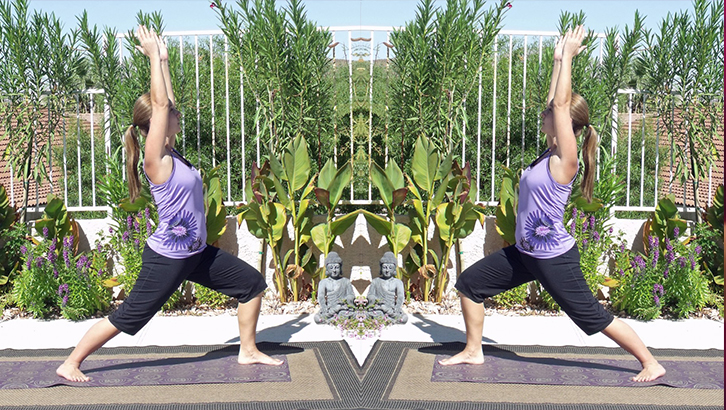Protect Your Wrists
Bring attentiveness to the position of your wrists and keep the wrists in a neutral position to avoid hyperextension and radial or ulnar deviation. If you do not keep your attention on the position of your wrists, over time, you can create a bad habit of holding your wrist in deviation. Ulnar and radial deviation can produce a lot of stress on the wrist when held for prolonged periods of time. Ulnar deviation can occur when the arms are held in a pronated position. The body will attempt to create balance from the shoulders internally rotating and the arms abducting with the elbows moving away from the body. This situation can cause ulnar deviation in the wrists and excessive stress on the forearm muscles. You can counteract ulnar deviation by bringing the elbows back to the body and keeping the wrist straight and in a neutral position.
Ulnar deviation often occurs with effleurage strokes, especially when spreading the oil on the back. The most common effleurage stroke, when applying oil around the low back and neck, can cause ulnar deviation. Keep this stroke to a minimum and apply lighter pressure to decrease stress on your wrist. Be careful when holding the wrist in flexion or extension for extended periods of time, especially when applying pressure. Always maintain a neutral position with your wrists to avoid overextending your wrist. Hyperextension is common and sometimes difficult to avoid, but it places a great deal of strain on the structures of the wrist. Discover ways to reduce the angle between your hand and forearm, particularly when applying continual pressure. If you tend to hyperextend your wrists when performing an effleurage stroke around the neck, use less pressure or execute the stroke from the side of the neck to maintain wrist alignment. If you find that your hands or wrists are not straight when you are working then walk your body to the place where your arm and wrist are straight. Hot Stone Deep Tissue Fusion is a great class to help you have correct wrist position when applying pressure with the stones
Get In Touch offers Massage Therapy Continuing Education


